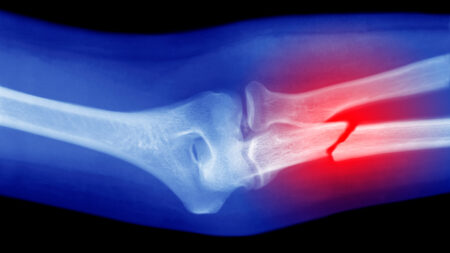An artificial intelligence system has revealed fresh details about one of the most famous Latin inscriptions: the Res Gestae Divi Augusti, once inscribed on two bronze pillars in Rome and in copies throughout the Roman Empire.
Researchers used an AI system called Aeneas to analyze the supposedly autobiographical inscription, which translates to “Deeds of the Divine Augustus.” When compared with other Latin texts, the RGDA inscription (as it is known) shares subtle language parallels with Roman legal documents and reflects “imperial political discourse,” or messaging focused on maintaining imperial power — an insight not previously noted by human historians, researchers report July 23 in Nature.
“This is not just a successful case study. This is a new way of modeling historical uncertainty, transforming the way we study history,” says coauthor Yannis Assael, a computer scientist at Google DeepMind in London.
Assael and his colleagues previously developed Ithaca, an artificial intelligence system for restoring and categorizing ancient Greek inscriptions. The Aeneas system, named after a Trojan hero and mythical ancestor of the Romans, builds on that work, but for Latin.
Aeneas uses a software structure known as a generative neural network to search for parallels of a text within a unique database of Latin inscriptions. The system helps human experts “interpret, attribute and restore fragmentary Latin texts” using a combination of textual and visual analysis, says study coauthor Thea Sommerschield, a historian at the University of Nottingham in England.
The study found that epigraphers — historians who study inscriptions — were significantly more accurate and faster when using the Aeneas system to help with key tasks, such as determining the likely age and location of an inscription.
“Inscriptions are among the earliest forms of writing,” Sommerschield says. “They’re precious to historians because they offer firsthand evidence of ancient thought, language, society and history.”
In the case of the Res Gestae Divi Augusti, Aeneas identified similarities between the inscription and other Roman texts written between 10 B.C. and 1 B.C., as well as inscriptions written between A.D. 10 and A.D. 20 — around the time of the Roman Emperor Augustus’ death in A.D. 14.
This pattern of two likely date ranges reflects disagreements among human experts about exactly when the RGDA inscription was composed and validates the use of Aeneas for such tasks, Sommerschield says. “The way that it has modeled this scholarly debate was really an exciting result for us.”
Classical historians Jackie Baines and Edward Ross, both at the University of Reading in England, say in an email that Aeneas is an “impressive project that spotlights the importance of integrating human intervention in the use of AI tools.”
Many tasks used to analyze inscriptions are time-consuming, and AI systems such as Aeneas are invaluable for freeing human experts from much of this work, they say. AI “allows researchers to spend … more time drawing connections across the ancient world.”
Read the full article here

















